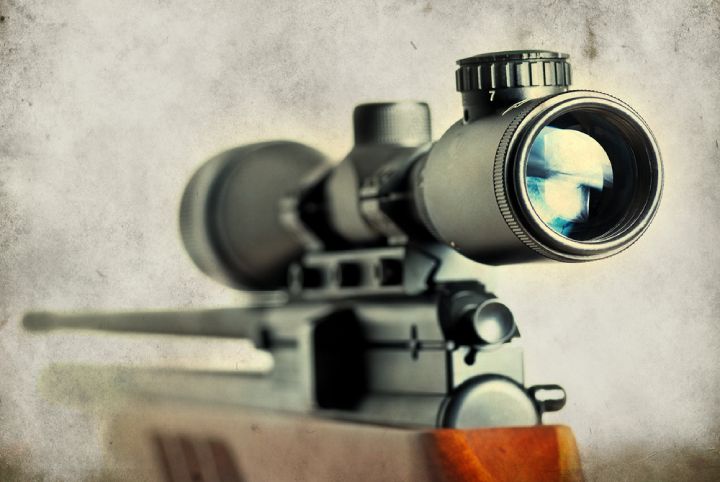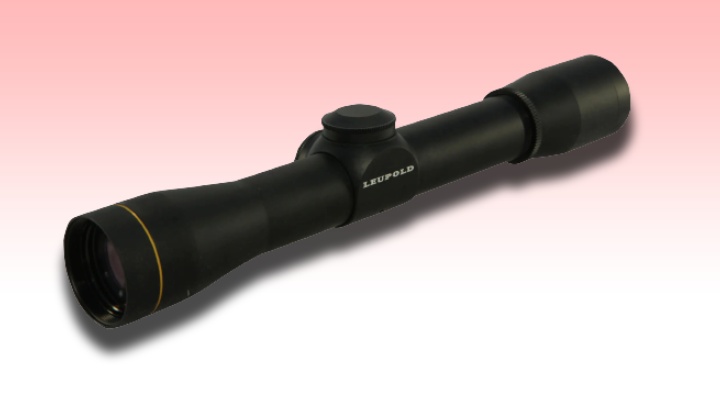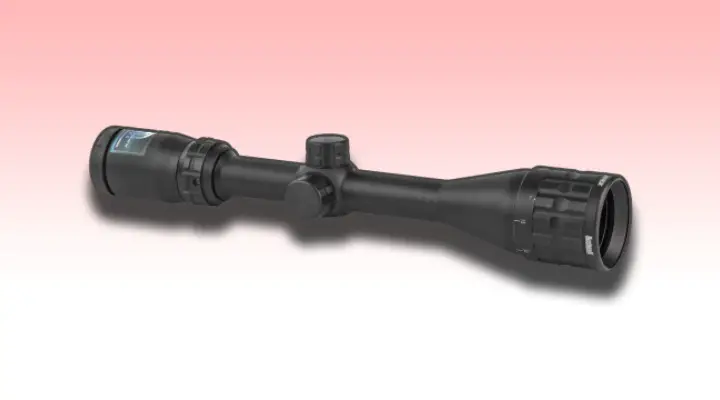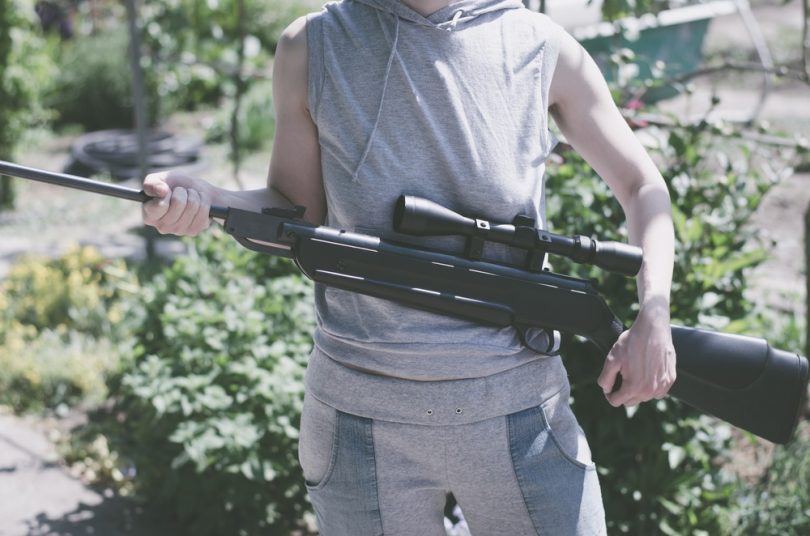Whether you’re a seasoned hunter or just getting into the sport, having the right scope is essential for success. Different types of scopes offer different features and advantages that can help you become a better shooter.
From rifle scopes to handgun scopes and even tactical scopes, there’s something out there to suit every hunter’s needs. A scope could make or spoil your hunting or shooting expeditions. If you don’t even know what type might suit you, you’re asking for trouble.
Well, you’re in luck! Keep reading to get familiarized with different types of scopes out there so you can choose the perfect one for your upcoming adventures.
Let’s start with the basics.
Basics of Rifles Scopes

Rifles scopes are aiming devices that enhance your vision, especially over long distances. They consist of the objective and ocular lens, windage, elevation turret, power selector, and reticle.
The objective lens is larger than the ocular lens and grips the scope’s objective bell.
While facing the target, its job is to gather light around the target to get a clearer picture, even in low light conditions, and transmit the light to the ocular lens.
The smaller ocular lens faces the shooter. It focuses on the light coming from the objective lens to give a focused image.
Both lenses are great as they’re well-coated to repel water and light glares. Most types of rifle scopes also feature windage and elevation turrets for reticle adjustment. These help a lot when you are sighting in your rifle scope.
The windage on the right side of the scope adjusts the reticle’s horizontal movement, whereas the elevation turret mounted on the scope adjusts the reticle’s vertical motion.
The power selector is for magnification adjustment in adjustable scopes: you can zoom in and out the image by adjusting it.
The reticle is a bullseye crosshair, mainly in the form of Mildot and Duplex, which helps with the aiming point.
Other parts include the scope tube, eyepiece, parallax error knob, and erector lenses.
Different Types of Scopes for Rifles: What to Expect
When it comes to using rifle scopes, there are several types available in the market. They all have their own set of features and advantages for you to explore. Let’s explore all types of scopes you can get for your rifle.
Fixed Power Scopes

Also known as the fixed scope, or the fixed magnification scope, these scopes offer a fixed power magnification range from 3X up to 9X. There is no zoom-in or out. They provide extended eye relief, making them great sniper scopes.
These scopes are great for target shooting at close to medium ranges. They are quite affordable and lightweight, shorter, and economical as compared to adjustable scopes.
Their inflexible limit is a little drawback. Nonetheless, they prevent parallax errors and give a brighter sight. This type of scopes works superbly with common assault rifles like the AR15.
Adjustable Power Scopes

Just as the name suggests, these scopes offer a variable magnification range, from 3X to 24X. The features of this scope include the power selector for zooming in and out at set intervals, a parallax error knob, and a larger objective lens.
These scopes are great for long-range shooting, hunting, and target practice. The adjustable magnification offers you more flexibility and accuracy. You can also adjust the scope’s reticle to compensate for windage or bullet drop depending on your distance from the target.
The downside is that they are a bit more expensive than the fixed power scopes and are bulkier and heavier to carry around.
Telescopic Scopes
Also known as variable or zoom scopes, these scopes also have an adjustable magnification range from 4X all the way up to 60X. They are known as variable or zoom scopes because they have an adjustable lens with a small zoom ring.
These scopes are great for large-game hunting, long-range shooting sports, and tactical applications.
The adjustable power magnification allows you to have more accuracy in your shots. They are also sleek and durable so they can easily withstand the recoil of the rifle while shooting.
Competition Scope
These scopes come with a variety of features, such as adjustable zoom, parallax adjustment knobs, and illuminated reticles. They are designed to help shooters make quick adjustments on the go while offering maximum accuracy.
These scopes are great for competitive shooting sports like 3-Gun competitions or long-range shooting. They offer unlimited eye relief and precise adjustability for accuracy.
The downside is that they are expensive and the reticle can be difficult to use in low-light conditions. Also, they are bulky and not ideal for hunting or tactical applications.
Night Vision Scopes
Night vision scopes are designed to gather enough light for a clear picture in low light conditions. They use a combination of lenses and an electronic intensifier tube to magnify existing ambient light, allowing the shooter to see the target even in pitch darkness.
These scopes are great for hunting at night or tactical applications that require precision and accuracy even in dark environments.
The downside is they are quite expensive and require regular maintenance. Also, they might not perform well in extreme weather conditions like heavy fog or rain.
Tactical Scopes
These scopes are designed to provide maximum accuracy and precision in tactical situations. They typically have a wide range of features such as illuminated reticles, side parallax adjustment knobs, and adjustable zoom.
These scopes are great for long-range shooting, competitive shooting sports, and tactical applications. The features offer more flexibility and accuracy in various light conditions. They may also feature advanced features like thermal imaging, motion detection, and more.
The downside is that they are expensive and can be bulky to carry around. Also, they require frequent cleaning and maintenance for optimal performance. The US Army has been using this type of scope for most of their close-range operations.
Scout Scopes
Scout scopes are designed to provide a wide field of view with minimum magnification. They typically feature fixed power lenses and an illuminated reticle system with unlimited eye relief.
These scopes are great for hunting, target shooting, and tactical applications. The wide field of view allows the shooter to acquire targets quickly and accurately.
Pro Tips On Choosing The Type Of Scope That Suites Your Needs
Choosing the right scope for your rifle is an important decision that can mean the difference between success and failure. Here are some tips to help you make the right choice:
- Determine what type of shooting you plan to do and choose a rifle scope accordingly.
- Consider your budget and pick one that fits within it.
- Research the different rifle optics types available and find one that will offer you the features you need.
- Visit a gun store or search online for reviews on rifle scopes before making your purchase.
- Read the manufacturer’s instructions carefully before mounting your scope.
- Make sure to get a model with good warranty coverage in case any issues arise down the line.
- Always use proper eye protection when shooting with any rifle scope.
FAQs
Q. What Does 4-12×50 Mean On A Scope?
Ans. This determines the magnification and size of the object lens. “4-12” shows the magnification power: it’ll zoom the object 4 to 12 times more than natural sight. “50” refers to the size of the object lens, which offers a brighter horizon.
Q. What Is The Best Magnification For Rifle Scopes?
Ans. It depends on your needs. To cover the field view and have a quick look at the target, try 4X to 6X max. The target can also be shot with a long-range scope ranging from 18X to 30X.
Q. How Many Types Of Scopes Are There?
Ans. There are three main types of rifle scopes: fixed-power, variable-power, and night vision scopes. All three offer different levels of accuracy and precision for various shooting applications. There are also other variants designed to perform in specific conditions (Ex: scout scope, tactical scope, etc.)
Q. What Is An Adjustable Objective Scope?
Ans. An adjustable objective scope is designed to adjust the focus of the reticle at different ranges. This helps you get a clear sight picture at long distances by adjusting the parallax error caused by increasing range, allowing for greater accuracy and precision.
Q. Which Type Of Scope Is The Most Accurate?
Ans. Generally, telescopic scopes are considered the most accurate as they offer a wide range of features such as illuminated reticles, side parallax adjustment knobs, and adjustable zoom. These features allow for more flexibility in various light conditions, allowing you to shoot with greater accuracy and precision.
Q. Which Scope Can See Through Walls?
Ans. A specialized type of scope, named Radar Scopes. These scopes are designed to detect electromagnetic radiation and use it to create a detailed image of an object. They can be used to detect objects and activities behind walls, allowing you to see through obstacles.
Q. Do Red Dot Sights Count As Scopes?
Ans. technically, no. Scopes usually come with magnification power. Most red dot and holographic sights usually don’t feature any, and that’s why they’re considered as sights and optics, instead of scopes.









Leave a Comment